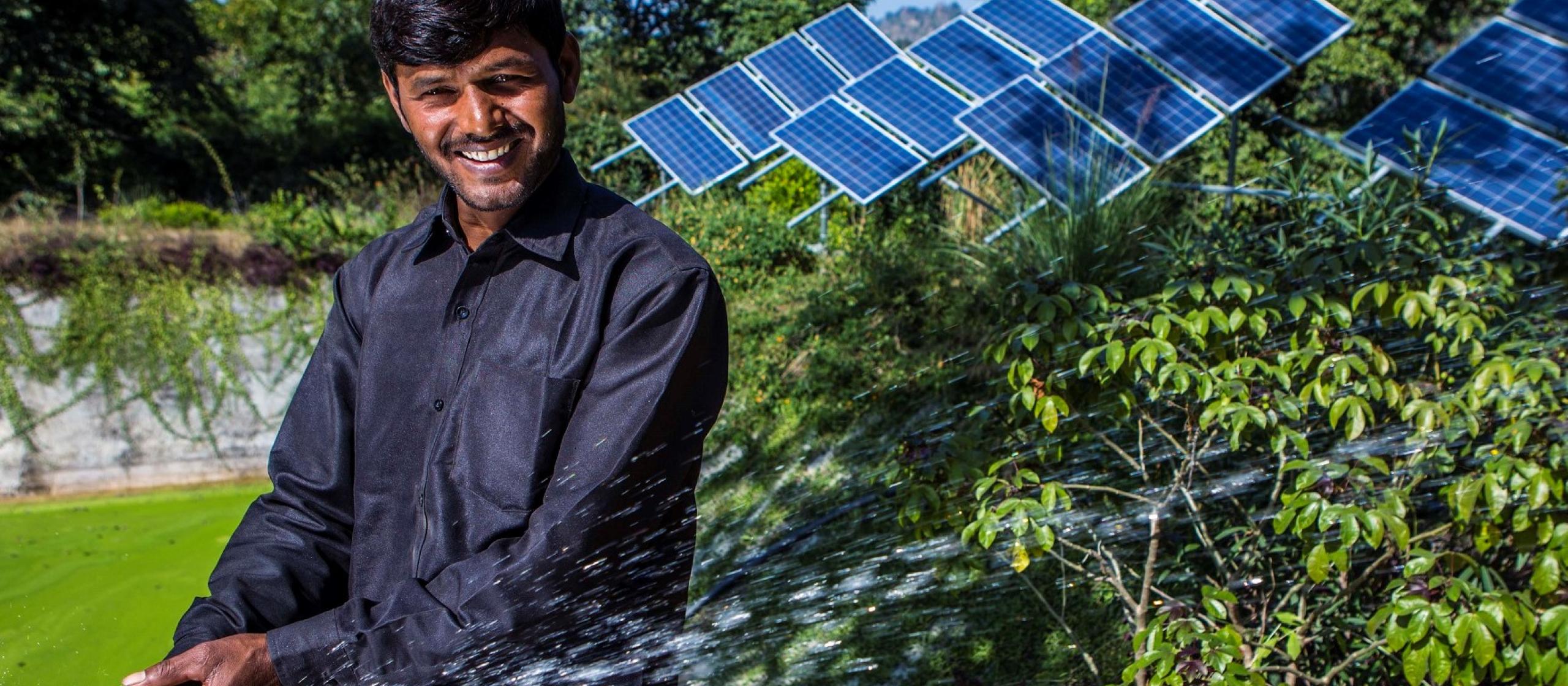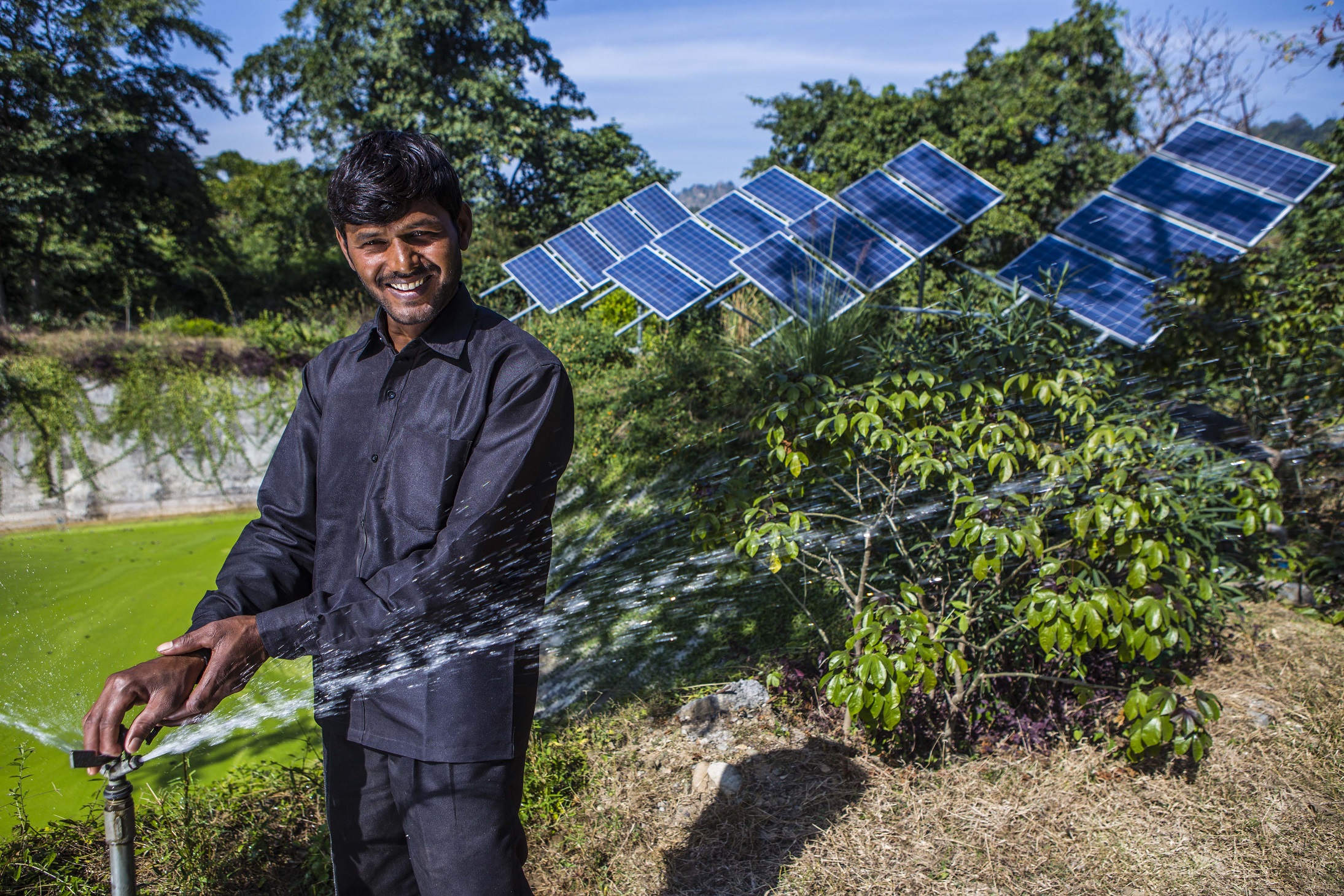- HomeHome
-
About ACIAR
- Our work
- Our people
-
Corporate information
- ACIAR Audit Committee
- Commission for International Agricultural Research
- Policy Advisory Council
- Agency reviews
- Executive remuneration disclosure
- Freedom of information (FOI)
- Gifts and benefits register
- Information publication scheme
- List of new agency files
- Contracts
- Legal services expenditure
- Privacy impact assessment register
- Commonwealth Child Safe Framework
- Benefits to Australia
- Careers
- 40 years of ACIAR
-
What we do
- Programs
- Cross-cutting areas
- Resources
- Where we work
-
Funding
- Research projects
- Fellowships
-
Scholarships
- John Allwright FellowshipScholarships to study in Australia for ACIAR partner country scientists to have Australian postgraduate qualifications
- ACIAR Pacific Agriculture Scholarships and Support and Climate Resilience Program
- Alumni Research Support Facility
- Publications
- News and Outreach
Date released
31 October 2019
Written by Adam Hunt, Petra Schmitter and Francesca Billington - CGIAR Water, Land and Ecosystems
Solar powered irrigation systems are providing cheap, reliable water for smallholder farmers, all while cutting carbon emissions. In communities throughout Africa and Asia, these schemes are supporting irrigation needs, livelihoods and food security.
But before scaling out and up, we’ve got some work to do. While the results are promising, there are challenges to overcome. Pumps are still rather expensive for smallholders. Not every location or community is appropriate or ready for solar. And as the marginal cost of extracting water approaches zero, we risk-exploitation of groundwater.
If solar is to meet climate-smart irrigation goals, it must integrate sustainable water management solutions. The CGIAR Research Program on Water Land and Ecosystems (WLE) and the International Water Management Institute (IWMI), along with GIZ and CCAFS, brought experts together at the 5th Climate Smart Agriculture (CSA) conference in Bali to dive deep into this challenge.
The experts agreed that there isn’t one magic bullet to ensure we scale solar irrigation. But with the right range of strategies, millions more smallholders could access irrigation while protecting our natural resource and climate futures.
The experts: we need technology, tools, training and business models
So, what can we do to push solar forward in the right way?
First, we need the right technology. Futurepump, a private sector partner of IWMI/WLE, developed a portable solar irrigation pump designed for one-acre farmers in the tropics. The pump is deliberately low tech and comes with tools and spare parts for easy on-site repairs by farmers. “We believe that cost is holding back uptake from the millions of farmers who could benefit,” Toby Hammond of Futurepump said. “We are working on driving the price down while maintaining quality.” And now IWMI/WLE and Futurepump are set to combine satellite irrigation mapping with real time pumping data to ensure the more affordable technology can also feed data into decision making.
Secondly, we need to provide the right tools. GIZ Powering Agriculture developed a new toolbox, a set of software tools to help solar irrigation advisors guide clients to make financially and environmentally sound decisions. For example, using the water requirement tool, one can determine the water demand by specific crops or livestock, and design a solar pumping system that would fulfill this demand. Using the finance deployment tool allows one to identify the most suitable financial products in their market to allow them invest in solar systems. And, of course, tools needs to be designed to be easy to use for farmers and decision makers in developing countries.
“We need to give holistic hands-on guidance to financial institutions, end users, and supply and technology providers on how best to address the challenges in successfully deploying these systems,” said GIZ’s Macben Makenzie.
Thirdly, IWMI/WLE piloted models that build livelihoods while protecting the environment. Over the last seven years in India, solar pump use has grown from less than 5,000 to more than 200,000. IWMI’s Solar Power as a Remunerative Crop (SPaRC) projects connect solar pumps to the grid, while supporting farmer cooperatives to generate income by selling excess power to the utility.
“This solution makes sense in an area where there’s a real risk of long-term groundwater depletion,” said IWMI/WLE’s Shilp Verma. “We are working with the government to scale this up sustainably.” The pilot inspired Gujarat to launch a program aimed at reaching 100,000 farmers within a year. The model is also part of an ambitious $16 billion national expansion plan.
IWMI/WLE also piloted a solar entrepreneur program. Here, instead of giving each farmer a small 1-2 kWp solar pump, entrepreneurs get 5 kWp devices along with 1,000 feet of buried pipelines. Each sells irrigation services to 80-100 small farmers at 40% of the cost of diesel providers. They did the same job faster and cheaper, while opening up the market and breaking down monopolies. And crop output nearly doubled.
Finally, solar irrigation advocates need to work with communities and governments to build capacity. Balaram Thapa from LI-BIRD, a local Nepalese NGO, advocates combining local knowledge with science and technology to help farmers diversify their agricultural systems. For them, scaling involves a multi-pronged approach that integrates the technology into local governments’ planning processes, builds skills of communities to help them negotiate for financing and subsidies, and helps government leaders develop better investment plans.
But what should be our priority?
While a range of solutions are needed, we surveyed our session experts and a third agreed that finding better financial models is the top priority. They noted that subsidies are often more easily accessed by larger scale, higher income farmers, so priority should be on developing and supporting financing for smallholders. Others felt that we should focus primarily on private sector partnerships and improving national policies.
With the right technologies, tools, relationships and business models, there is truly a bright future for scaling solar powered technology. And that’s not just a goal, it’s a necessity.
“The world has to decarbonize. The sun is the most democratic source of energy, and yet ensuring equitable access is not as straightforward as it seems,” said Andrew Campbell, Chief Executive Officer, Australian Centre for International Agricultural Research (ACIAR). “If we don’t actually deliver net environmental and social benefits, we will have missed a great opportunity... We have the solutions… I look forward to an absolute revolution in solar irrigation.”
The above article was originally published on CGIAR's Thrive blog.
Adam Hunt is Global Head of Communications, CGIAR Research Program on Water, Land and Ecosystems (WLE); Petra Schmitter is Senior Researcher on Agricultural Water Management, International Water Management Institute (IWMI); and Francesca Billington is a WLE Princeton-in-Asia communications fellow. The Climate Smart Agriculture conference session was sponsored by IWMI, WLE, GIZ and CCAFS.
ACIAR work in solar irrigation
ACIAR utilised solar irrigation technology in a recent research project funded through the University of Southern Queensland in the Eastern Gangetic Plains. With poverty in the region linked to access to water, solar pumps have helped marginal and tenant farmers access pond and groundwater resources to improve agricultural production year-round, especially in the dry season.




